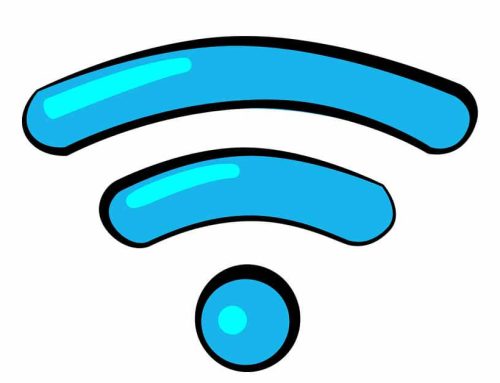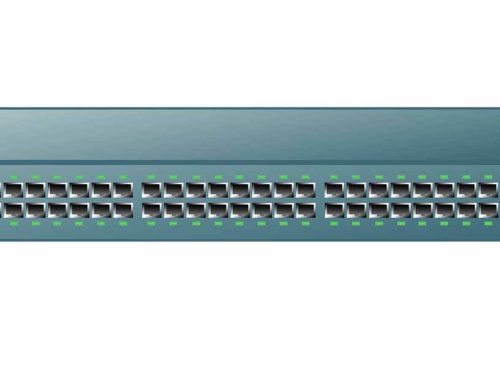The Alcatel BT70 and BT71 are both portable 4G LTE mobile WiFi routers designed for on-the-go internet connectivity.
Here is a detailed comparison to help understand their similarities and differences:
Alcatel BT70 VS Alcatel BT71
| Feature | Alcatel BT70 | Alcatel BT71 |
|---|---|---|
| Network | 4G LTE Cat 7, 300 Mbps download, 50 Mbps upload | 4G LTE Cat 6, 300 Mbps download, 50 Mbps upload |
| WiFi | Dual-band 2.4 GHz and 5 GHz (802.11ac) | Dual-band 2.4 GHz and 5 GHz (802.11ac) |
| Sim Card Slot | Nano SIM | Nano SIM |
| Battery | Detachable 2150 mAh, ~8 hours use, 200 hours standby | Removable 2150 mAh Li-ion, ~7-8 hours use |
| Dimensions | Approx 6 x 5.96 x 1.2 cm | Approx 10.4 x 6.4 x 1.17 cm |
| Weight | Not clearly specified (lighter than BT71) | About 125 grams |
| User Capacity | Supports up to 20 devices | Supports up to 15 devices |
| Security | WPA2/WPA3 security | WPA2-PSK, WPA2-Enterprise |
| Bands Supported | Supports multiple 4G LTE bands | LTE Bands: 800/1800/2100/2600 MHz etc |
| Management | Mobile App for connection management | Specialized Link app for connection and settings |
| Additional Features | FTTP modem, PPPoE, USB 2.0 interface | MicroSD slot up to 32GB, LED status indicators |
How do Alcatel BT70 and BT71 differ in LTE category and real-world speeds?
The Alcatel BT70 supports LTE Category 7, while the BT71 supports LTE Category 6. This difference impacts their theoretical and real-world speeds:
LTE Category and Speeds
-
BT70 (LTE Cat 7):
-
Theoretical maximum download speed: Up to 300 Mbps
-
Theoretical maximum upload speed: Up to 100 Mbps
-
Real-world speeds typically range around 150-250 Mbps download under good network conditions.
-
-
BT71 (LTE Cat 6):
-
Theoretical maximum download speed: Up to 300 Mbps
-
Theoretical maximum upload speed: Up to 50 Mbps
-
Real-world speeds tend to be slightly lower on the upload side due to Cat 6 limits, with downloads in the 100-200 Mbps range under similar conditions.
-
Summary of Differences
-
The BT70’s LTE Cat 7 allows higher upload speeds (up to 100 Mbps) compared to the BT71’s Cat 6 (up to 50 Mbps).
-
Both offer similar maximum download speeds (up to 300 Mbps).
-
In practical usage, both deliver fast mobile broadband, but the BT70 may perform better in upload-heavy tasks like video calls or cloud backups.
Thus, while download speeds are close, the BT70 generally provides an edge in upload throughput thanks to its higher LTE category
Which model has better carrier and band support for global roaming?
Between the Alcatel BT70 and BT71, the model with better carrier and band support for global roaming is generally the BT71.
Reasoning:
-
The BT71 supports a broader range of LTE bands used internationally, including the key mid and low bands favored by many global carriers. This enhances its compatibility with more carriers and countries.
-
The Alcatel BT70 supports LTE Cat 7 with good band coverage but misses some specific bands more common in certain regional or rural networks, particularly those needed for comprehensive roaming.
-
Real-world roaming experience depends on band coverage; the BT71’s inclusion of additional bands improves seamless connectivity when traveling abroad compared to the BT70.
-
Both devices use nano SIM cards, but the BT71’s extended band support and inclusion of management features make it more versatile for frequent international travelers.
Summary
-
BT71 has better global carrier and band support, suitable for reliable international roaming.
-
Alcatel BT70 covers many important bands but with somewhat narrower global reach.
-
Users traveling extensively across regions looking for maximum coverage should prefer the BT71.
Supporting this, global band support and carrier compatibility are key for uninterrupted roaming connectivity, making the BT71 more adaptable for worldwide use.
Conclusion
-
Both devices provide fast 4G LTE connectivity with similar download/upload speeds and dual-band WiFi.
-
The Alcatel BT70 is slightly more compact and can connect more devices simultaneously (20 vs 15).
-
The BT71 includes a MicroSD slot for additional storage and offers a dedicated app for managing connections.
-
Both come with a removable 2150mAh battery with roughly 7-8 hours of active use.
-
Security protocols are strong, with the BT70 supporting newer WPA3.
-
The BT71 is a bit bulkier and focused on ease of management via its app with multiple LED indicators.
Overall, the choice depends on whether slightly better device support and newer WiFi security (BT70) or MicroSD storage and a dedicated management app (BT71) is more important.
Both are reliable portable routers providing good speeds and battery life for mobile internet access.
This comparison should help users pick the model that best fits their connectivity and portability needs.The Alcatel BT70 and BT71 are both portable 4G LTE WiFi routers designed for mobile internet use, but they differ in a few key aspects:
-
Both support 4G LTE with download speeds up to 300 Mbps and upload speeds of 50 Mbps.
-
Both have dual-band WiFi (2.4 GHz and 5 GHz) and support the 802.11ac standard.
-
The BT70 supports up to 20 connected devices while the BT71 supports up to 15.
-
Both use nano SIM cards and have removable 2150 mAh batteries offering around 7-8 hours of continuous use.
-
The BT71 is slightly larger (about 104 x 64 x 11.7 mm) and heavier (~125g) compared to the compact BT70.
-
The BT71 includes a microSD card slot (up to 32GB) and comes with a specialized app for managing connections and data usage.
-
Security for both includes WPA2; the BT70 also supports WPA3.
-
The BT71 offers detailed LED indicators for signal, WiFi, messages, and battery, aiding status monitoring.
In summary, the Alcatel BT70 is more compact and supports more devices with a newer WiFi security protocol, whereas the BT71 offers added features like MicroSD storage and an advanced management app. Both provide stable 4G LTE performance with good battery life for mobile internet needs.
Users should choose based on preferences for device capacity, management features, and portability.






Leave A Comment